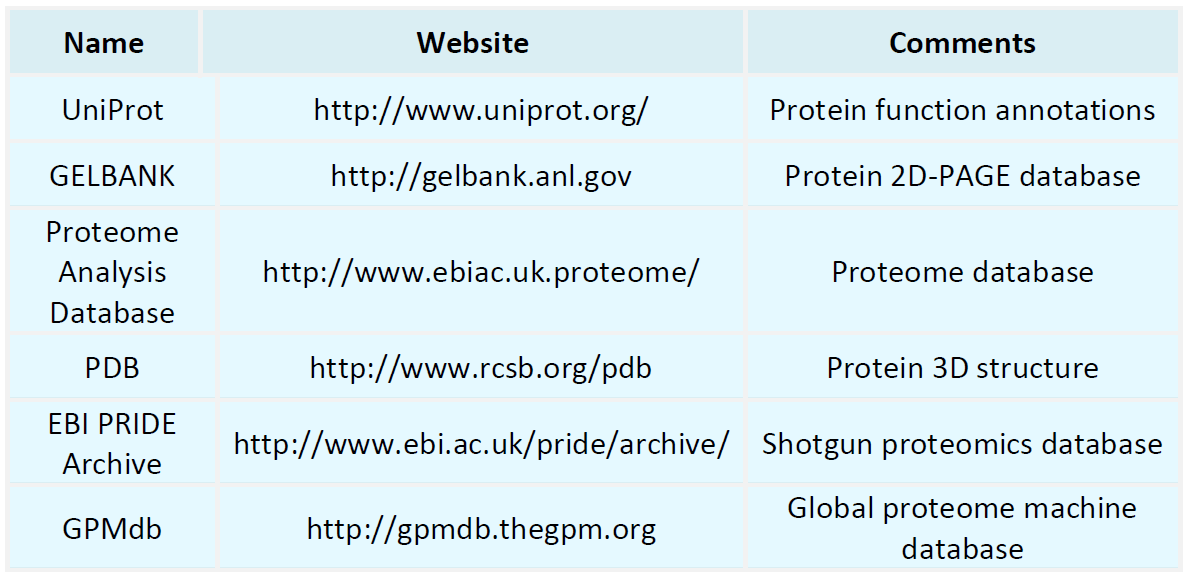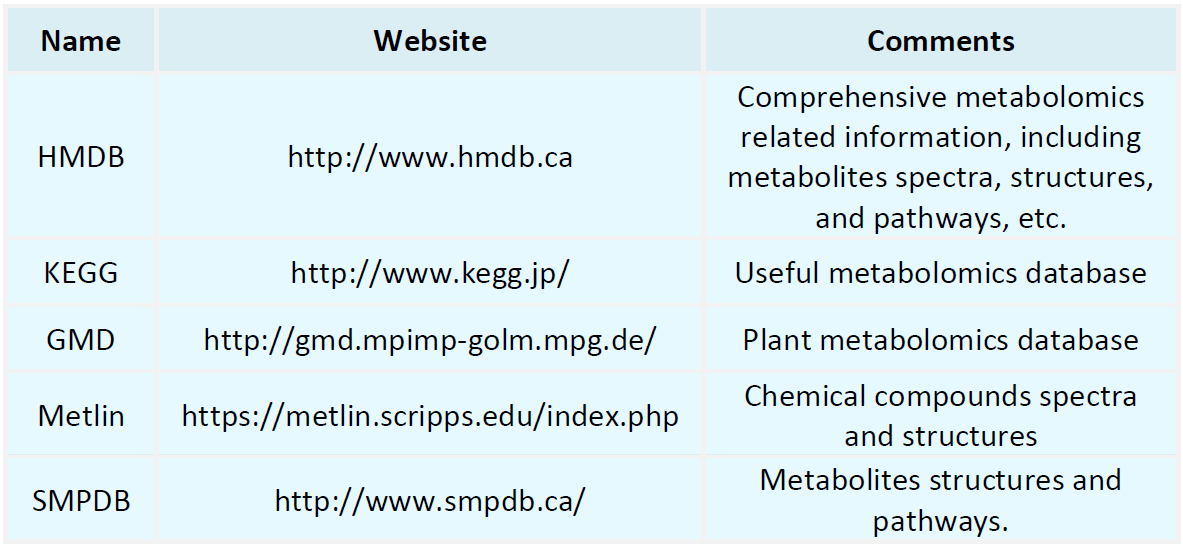Resources
Proteomics Databases

Metabolomics Databases

-
• Quantitative Determination of Immunoglobulins
Commonly Used Determination Methods 1. Nephelometry and Turbidimetry These two methods rely on the principle that antigen-antibody complexes increase the turbidity of a solution. The concentration of immunoglobulins is quantified by measuring either the intensity of light scattering (nephelometry) or absorbance (turbidimetry) in the reaction mixture. 2. Enzyme-Linked Immunosorbent Assay (ELISA) This method utilizes enzyme-conjugated specific antibodies. Upon binding to the target immunoglobulin, the .......
-
• Epitope Mapping of Antigen-Antibody Binding
Epitope mapping of antigen-antibody binding is a technique used to identify specific regions on an antigen molecule that are recognized by antibodies. An epitope, also referred to as an antigenic determinant, is a particular site on the antigen that is bound specifically by an antibody. Epitopes can be either linear, comprising a continuous stretch of amino acids, or conformational, formed by non-contiguous residues that come into proximity through the folding of the antigen’s three-dimensional structure.
-
• Determination of Disulfide Bond Content
The determination of disulfide bond content is essential for understanding protein structure and function. Disulfide bonds are covalent linkages formed between the sulfur atoms of two cysteine residues. These bonds play a crucial role in maintaining the three-dimensional structural integrity of many proteins. Accurate quantification of disulfide bond content is a fundamental aspect of biochemical research. The following methods are commonly employed for disulfide bond determination:
-
• Determination of Ubiquitination Sites
The identification of ubiquitination sites is critical for understanding the regulatory roles of ubiquitin in diverse cellular processes. Ubiquitination is a post-translational modification (PTM) in which the small regulatory protein ubiquitin is covalently attached to lysine residues of substrate proteins. Bioinformatics Analysis 1. Database Search Publicly available protein and ubiquitination site databases (e.g., Ubiquitin Ligase Database, UbiSite, PhosphoSitePlus) are used to identify potential ........
-
Glycation product analysis is essential for understanding the formation, detection, biological effects, and clinical applications of glycation-derived compounds. The following are several key aspects of glycation product analysis: Types of Glycation Products 1. Early Glycation Products These compounds are formed at the initial stage of glycation and are typically reversible in nature. 2. Advanced Glycation End Products (AGEs) These are glycation-derived compounds that accumulate chronically within the .....
-
• Liquid Chromatography for Protein Detection Technology
Liquid chromatography (LC) is an analytical technique widely employed for the separation, identification, and quantification of components within complex mixtures. In the field of protein analysis, LC plays a critical role in resolving structural and compositional heterogeneity. Common LC techniques used in protein analysis include Reverse-Phase High-Performance Liquid Chromatography (RP-HPLC), Ion Exchange Chromatography (IEC), Hydrophilic Interaction Liquid Chromatography (HILIC), and Gel Permeation .....
-
• Analysis of Antibody Variable Regions
The analysis of antibody variable regions represents a critical research focus in the fields of immunology and biotechnology. This analysis aims to characterize the structural and functional properties of the antibody domains responsible for antigen recognition and binding, specifically the variable regions. Structure of Antibody Antibodies are large glycoproteins composed of two heavy chains and two light chains, each containing a variable region (V region) and a constant region (C region). Located at.....
-
• Antibody-Drug Conjugates Analysis
Antibody-Drug Conjugates (ADCs) are an innovative class of targeted cancer therapeutics composed of monoclonal antibodies chemically linked to cytotoxic small molecule drugs via specialized linkers. Designed to selectively deliver potent drugs to malignant cells, ADCs minimize toxicity to healthy tissues. Accurate characterization of ADC composition, drug release mechanisms, and molecular stability is essential for assessing their therapeutic efficacy and safety. Composition of ADC 1. Antibody Monoclonal...
-
Protein MS1 and MS2 spectra are essential components of protein mass spectrometry, a powerful analytical technique employed for the identification and quantification of proteins and their post-translational modifications. This process typically involves multiple levels of analysis, with the most commonly utilized being the MS1 (first-stage mass spectrum) and MS2 (second-stage mass spectrum) spectra. MS1 Spectrum The MS1 spectrum, also referred to as the precursor ion spectrum, represents the initial stage..
-
• Prediction of Lysine Acetylation Sites in Proteins
Sequence-Based Prediction Methods 1. Feature Extraction (1) Sequence-based features: The identification of lysine acetylation sites based on primary amino acid sequences relies on extracting residues flanking the lysine site. Features such as physicochemical properties of amino acids and secondary structure propensities are employed for prediction. (2) Conservation analysis: Multiple sequence alignment is used to assess the evolutionary conservation of the target lysine residue. Sites with high .........
How to order?







